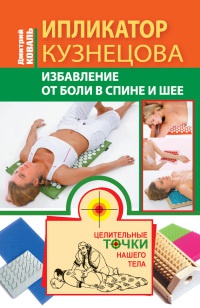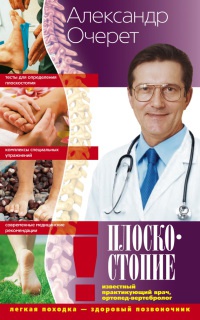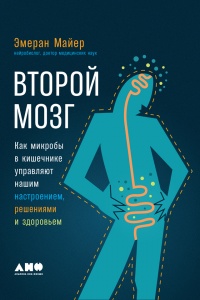Книга 10% HUMAN. Как микробы управляют людьми - Аланна Коллен
На нашем литературном портале можно бесплатно читать книгу 10% HUMAN. Как микробы управляют людьми - Аланна Коллен полная версия. Жанр: Книги / Медицина. Онлайн библиотека дает возможность прочитать весь текст произведения на мобильном телефоне или десктопе даже без регистрации и СМС подтверждения на нашем сайте онлайн книг knizki.com.
Шрифт:
-
+
Интервал:
-
+
Закладка:
Сделать
Перейти на страницу:
Перейти на страницу:
Внимание!
Сайт сохраняет куки вашего браузера. Вы сможете в любой момент сделать закладку и продолжить прочтение книги «10% HUMAN. Как микробы управляют людьми - Аланна Коллен», после закрытия браузера.
Книги схожие с книгой «10% HUMAN. Как микробы управляют людьми - Аланна Коллен» от автора - Аланна Коллен:
Комментарии и отзывы (0) к книге "10% HUMAN. Как микробы управляют людьми - Аланна Коллен"
























